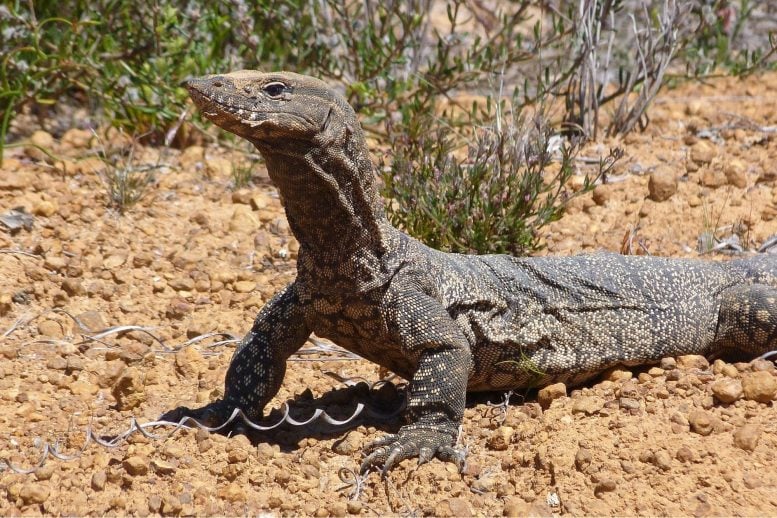
Researchers discovered that heath goannas, native to southern Australia, are more effective than invasive species like red foxes and cats in controlling blowflies that harm sheep through fly strike, costing the Australian sheep farming industry $280 million annually. This finding supports the need to boost populations of native large reptiles to restore the ecosystem and reduce agricultural losses.
Study reveals heath goannas, a species of giant lizard, could save the Australian sheep industry millions by managing blowfly populations better than invasive species, underscoring the need for their conservation.
Eighteenth-century European settlers to Australia brought red foxes for hunting, and cats as pets. Australia’s native wildlife – including many scavengers – has since been decimated by them. One such scavenger is the heath goanna, an endangered species of giant lizard native to the heathlands of southern Australia. Growing up to a meter and a half in length, the heath goanna feeds on the dead carcasses of other animals, as well as catching live animals.
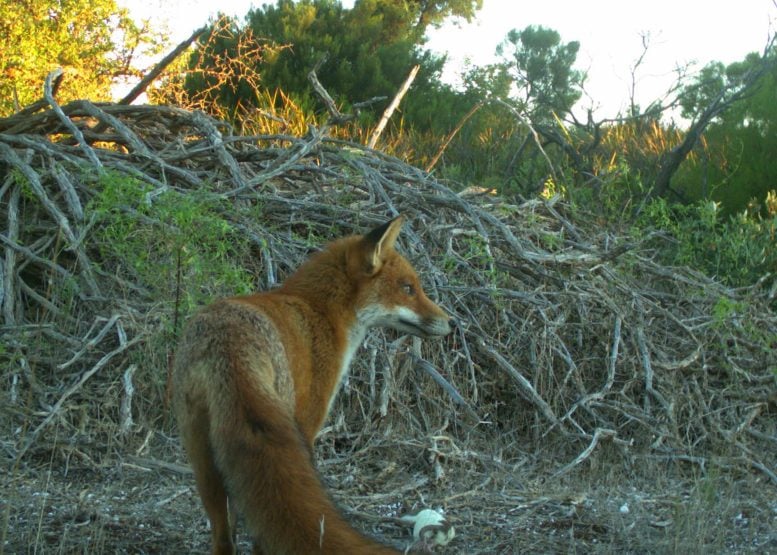
Jameson compared the scavenging activity of different animals by leaving dead rats at feeding stations, with camera traps, across the landscape. Credit: Tom Jameson
Role of Heath Goannas in Ecosystem Management
By clearing maggot-ridden animal carcasses from the landscape, these giant lizards act as natural clean-up crews. This reduces the emergence of blowflies, which attack sheep by laying eggs on their backsides that hatch into flesh-eating maggots. The disease, known as ‘fly strike’, costs the Australian sheep farming industry an estimated $280 million per year.
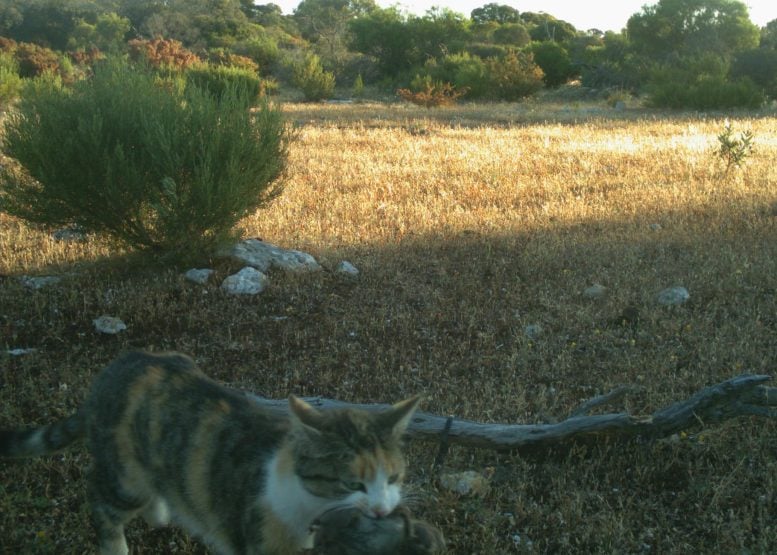
Camera trap footage revealed which scavenging animal had found the dead rat, and how quickly. Eighteenth-century European settlers to Australia brought with them red foxes for hunting, and cats as pets. Australia’s native wildlife has since been decimated by them. Credit: Tom Jameson
Research Findings on Scavenging Efficiency
Researchers from the University of Cambridge have discovered that heath goannas provide a superior blowfly control service compared to introduced European mammals, such as red foxes and cats, which are displacing them. They say that boosting populations of native large reptiles like heath goannas is vital in restoring Australia’s ecosystem and the services it supports.
“We found that Australia’s native scavengers like heath goannas are much more effective in removing blowflies from the landscape than invasive scavengers like European foxes and cats,” said Tom Jameson, a PhD researcher in the University of Cambridge’s Department of Zoology and first author of the report.
This study, recently published in the journal Ecology and Evolution, is the first to show the importance of large reptiles as scavengers.
The Dangers of Blowflies to Sheep
High densities of blowflies put sheep at risk of ‘fly strike’, a disease where blowfly maggots burrow into the sheep’s flesh and start to eat it alive, causing painful wounds. This affects the market value of the sheep, reduces breeding success, and often results in death.
“Blowflies are a massive problem for the Australian sheep farming industry. They cause a horrible disease that is expensive for farmers to manage and a real animal welfare problem for sheep,” said Jameson.
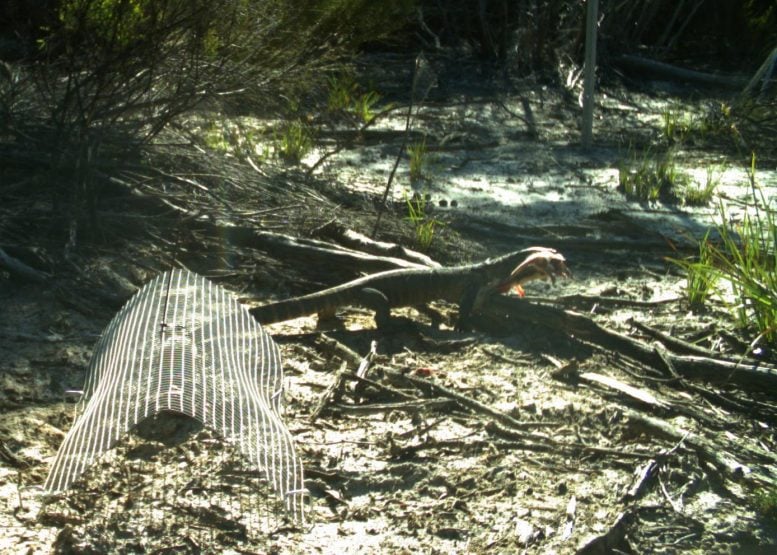
Reptiles like the heath goanna are the largest remaining native land scavengers in much of Australia today. Native Australian scavengers were seen to eat more of the dead rats and with them the flesh-eating maggots, than scavengers introduced from Europe. Credit: Tom Jameson
Research Methods and Observations
The study was conducted at 18 sites across the Marna Banggara Rewilding Project area on Australia’s southern Yorke Peninsula, where over 90% of the native mammals are now extinct.
Jameson compared the scavenging activity of different animals in the region by leaving hundreds of dead rats at feeding stations, with camera traps, across the landscape. He returned after five days to see whether the rats had been eaten, and to count the number of blowfly maggots left on any remaining carcasses. Camera trap footage revealed which scavenging animal had found the rat, and how quickly.
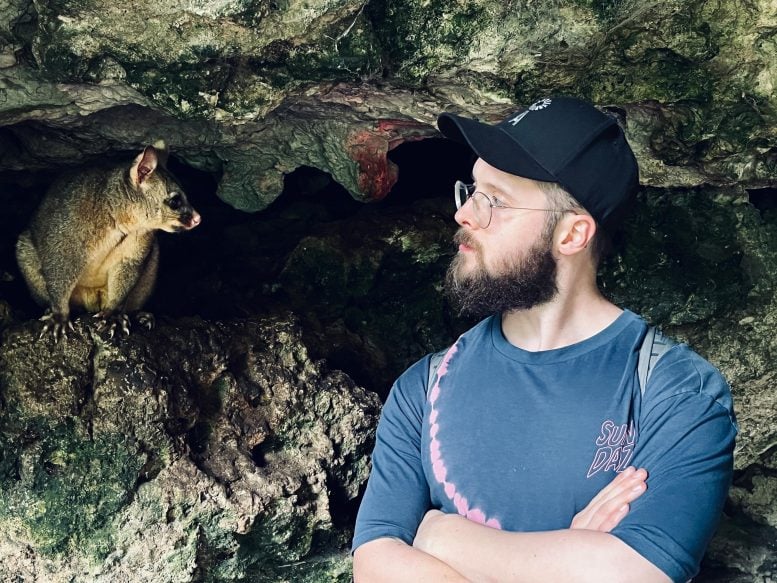
Jameson spent a total of six months living remotely in Australia, mostly alone, to conduct the research. He says it was “an absolute privilege to work in this utterly stunning landscape with such wonderful wildlife.” Credit: Tom Jameson
Native Australian scavengers ate more of the dead rats and with them the flesh-eating maggots, than scavengers introduced from Europe.
“It was disgusting – we were counting maggots. After five days we’d find over 1000 maggots in one rat if a scavenger hadn’t found it. Those maggots produce blowflies that can spread up to 20 kilometers in a week, putting local sheep flocks at risk of fly strike,” said Jameson.
In natural situations, any dead animal in the landscape will be filled with blowfly maggots very quickly.
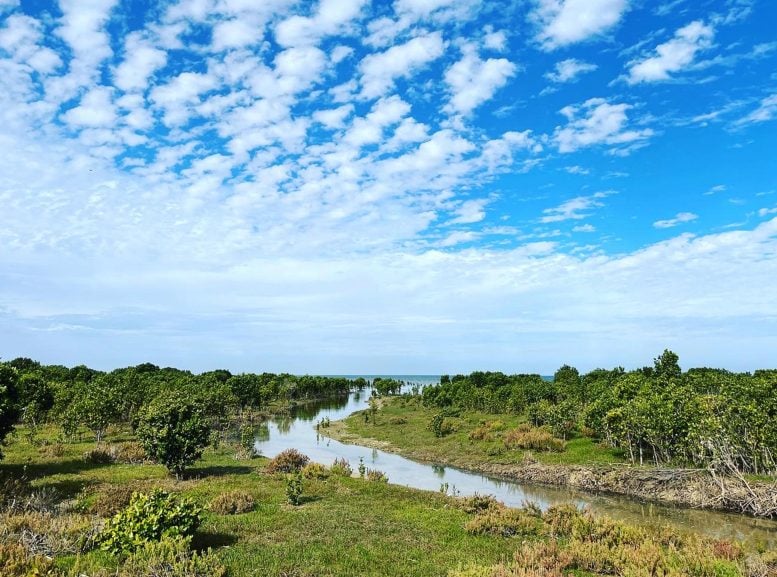
The study was carried out at the Marna Banggara Rewilding Project area on Australia’s southern Yorke Peninsula, where over 90% of the native mammals are now extinct. Credit: Tom Jameson
Conservation Implications and Local Benefits
“The results suggest that conservation work in southern Australia to remove invasive species should also focus on boosting the population of heath goannas and other native species because they’re really important for the wider ecosystem,” said Jameson.
He added: “As well as benefiting native wildlife this will have knock-on benefits for local agricultural industry, and also attract more wildlife tourism.”
Reference: “Squamate scavenging services: Heath goannas (Varanus rosenbergi) support carcass removal and may suppress agriculturally damaging blowflies” by Tom J. M. Jameson, Gregory R. Johnston, Max Barr, Derek Sandow, Jason J. Head and Edgar C. Turner, 25 June 2024, Ecology and Evolution.
DOI: 10.1002/ece3.11535
Marna Banggara, supported by Narungga traditional owners, is an ambitious rewilding project that aims to restore ecosystem health in the region by reintroducing missing native Australian species.

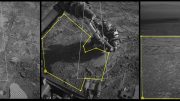


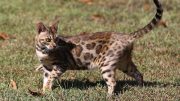
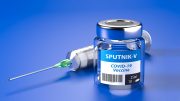



Be the first to comment on "Researchers Unveil Natural Solution to Australia’s $280 Million Sheep Problem"